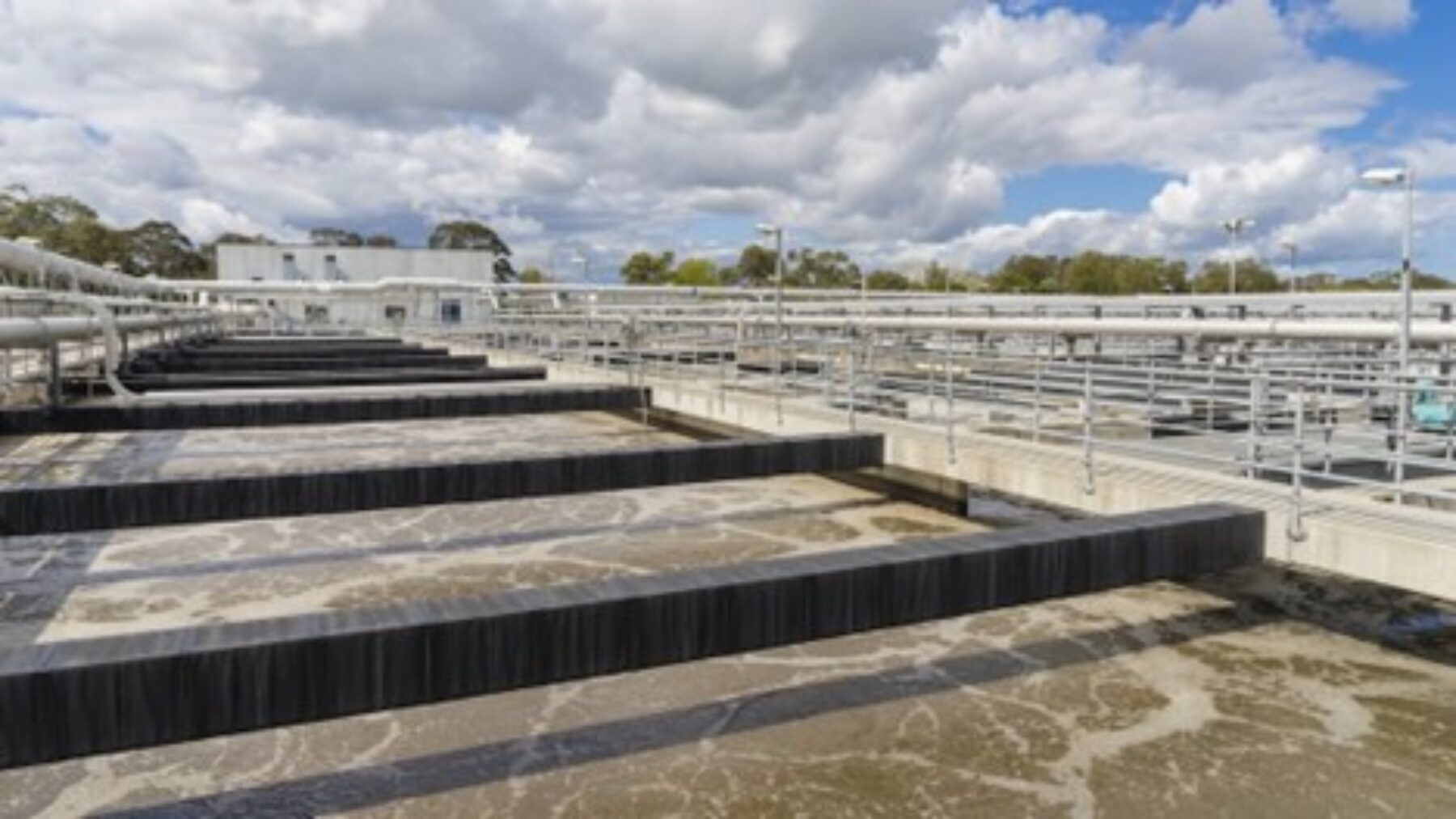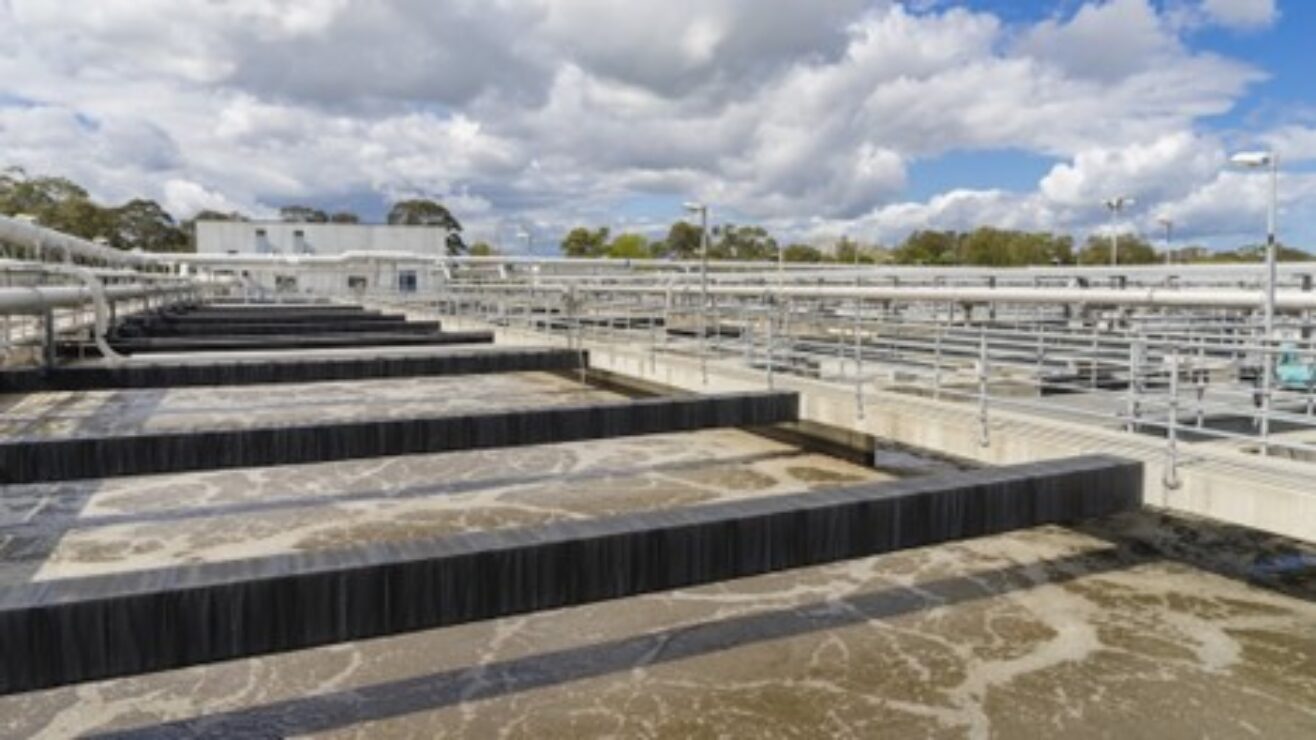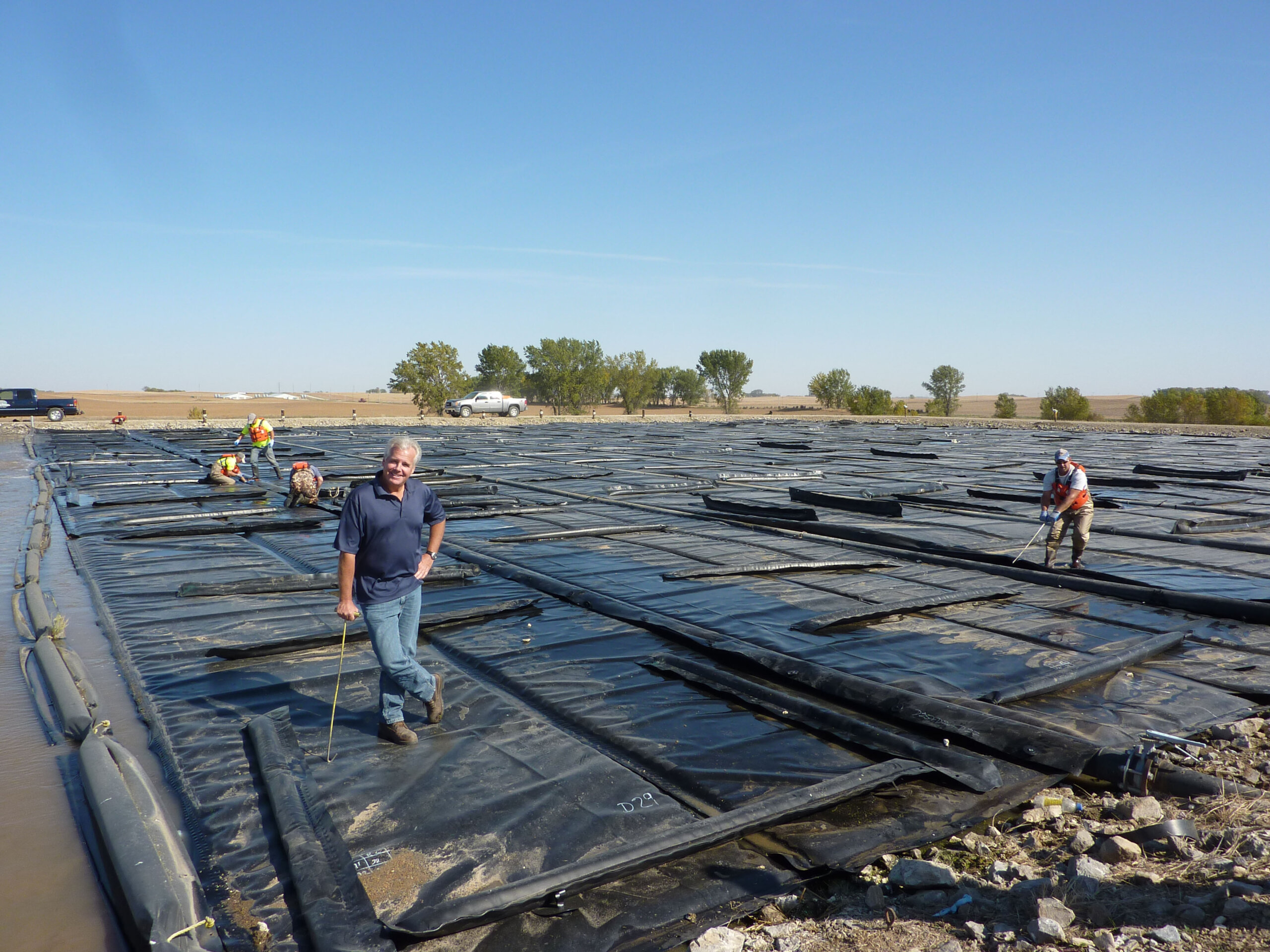
4 Reasons to Upgrade Aeration in Wastewater Treatment

Why aeration in wastewater treatment is important, how modernizing technologies can lead to better results, and a walkthrough of some of the modern technologies for wastewater aeration.
Today’s industrial wastewater treatment facilities are becoming more tech-driven than ever before. Strides in new technologies — like artificial intelligence and machine learning, the internet of things, and big data — help wastewater treatment facilities operate at peak performance.
These technologies are emerging because plants must continually identify process improvements in all aspects of their industrial operations. For example, improving aeration, a key process in wastewater treatment, can provide major boons to treatment efficiency and quality. But what is it about aeration that makes its improvements so valuable?
The benefits of aeration
The aeration process is central to effective sewage treatment and allows for the safe disposal of wastewater into the environment.
In addition to removing contaminants and meeting evolving industry standards, industrial wastewater companies implement aeration technologies to foster microbial growth for effective wastewater treatment. Aeration is critical because it allows for the aerobic biodegradation of the organic materials found in wastewater.
Aeration as a practice for wastewater treatment is over a century old. Improving the equipment and processes for this practice can provide a handful of benefits for today’s treatment facilities including energy savings, treatment efficiency, reduction in chemical use and quality assurance.
1. Ensures energy savings
In the U.S. alone, the wastewater treatment industry consumes over 30 terawatt-hours per year of electricity. According to the U.S. Department of Energy (DOE), this translates to about $2 billion per year in electric costs.
Wastewater treatment plant retrofits can yield significant energy savings outcomes for companies. As mentioned above, the industry consumes a massive amount of energy. As demand increases, treatment will only continue to become more expensive and energy-intensive.
Therefore, using aeration technology that contributes to energy efficiency is a major boon. Affordable energy-efficient water treatment systems — especially those with efficient aeration technologies — can contribute to a more sustainable industry. Making other improvements, such as adding variable frequency drives (VFDs) to older machines, can also boost energy efficiency to meet compliance requirements by more efficiently using the blowers for the facility.
2. Improves treatment efficiency
Efficient water treatment is the ultimate goal for any company in the industry. Fine-tuning aeration systems at water treatment plants can speed up processing without having a negative impact on the environment.
3. Uses fewer chemicals
An important process in water treatment is denitrification. Operators rely on it for nitrogen removal and also because the process makes the water more alkaline. Systems that over-aerate water supplies could cause operational problems. For example, anoxic zones could turn partially aerobic or oxic, or an internal re-cycle might stop denitrification.
If denitrification is limited, operators typically have to add chemicals to maintain alkalinity levels and a consistent pH, resulting in higher costs. So, the ultimate goal is to ensure aeration systems are not under- or over-aerating, as that could lead to other problems.
4. Improves quality assurance
The average person understands that water treatment’s primary purpose is to prevent polluted water from entering the environment. Aeration is a simple yet essential tool in water treatment because it speeds up the natural elements of treatment processes and keeps a healthy ecosystem balance.
Because society is so dependent on water, it must be treated properly to maintain quality. The U.S. government is aware of this and recently announced — through the Bipartisan Infrastructure Law — that it would distribute $60 million among 12 states with waterways connected to the Mississippi River.
The main goal of this investment is to control farm runoff and other harmful pollutants creating a dead zone in the Gulf of Mexico. Reducing and eliminating pollution will undoubtedly impact water quality. Aeration is an important step in treating pollutants of farm runoff like ammonia. Federal funding, like that in the Bipartisan Infrastructure Law, show that investments in processes like improved aeration can translate into major improvements to water quality and ecosystem health.
Why treat used water or improve existing treatment ops?
In 2014, a global UN-Water report found that over 80 percent of used water is not collected or treated, which poses many health and safety issues to public health and the environment.
As energy demand grows over time, the global population rises and more stringent regulations regarding water quality and sustainability emerge, the role of wastewater facilities becomes all the more prevalent.
And while improvements to water treatment processes will not solve the issue stated above, it will certainly help facilities handle wastewater more efficiently and effectively.
Three technologies used for wastewater aeration
Like many other industries, the wastewater treatment sector faces several operational challenges. For example, plants can experience viral attacks, much in the same way humans do. In other words, the communities of bacteria present in treatment facilities “catch colds” after exposure to viruses.
Other challenges include inadequate employee training, finding proper waste disposal strategies, budget constraints, and potential workplace safety incidents. On top of these common pain points, companies must meet a number of regulations set forth by local, state, and federal authorities.
The good news is that the EPA launched its Water Reuse Interagency Working Group, a team of senior officials from 15 federal agencies, to advance water reuse and other integrated water management strategies across the country.
Technology will play a key role in overcoming common challenges in water treatment, and modern aeration technologies are no exception. Below are some of these aeration technologies, how they work, and how they support critical wastewater treatment processes.
Blowers
Blower systems are commonly used for aeration applications in the pretreatment phase of the wastewater treatment process. The two essential processes in the pretreatment phase are screening and using grit chambers.
Screening involves placing long, narrow metal bars where wastewater passes through to collect large solids, such as debris, branches, and other materials, which are removed by hand. After screening, the wastewater enters the grit chamber, a large tank where solids – like sand and gravel – in the wastewater settle at the bottom.
Blowers for aeration play an important role in these two processes. Air in the wastewater allows more grit to settle to the bottom of the chamber, optimizing the pretreatment phase and eliminating the possibility of grit impacting treatment farther down the line.
Diffusers
There are two types of diffusers — fine bubble and coarse bubble — to assist with wastewater treatment. Fine bubble diffusers use a form of subsurface aeration, which essentially introduces very fine bubbles of oxygen to the wastewater. Thousands of bubbles promote the transfer of air to water to maximize contact during the treatment process.
Coarse bubble diffusers are similar, but they involve a larger diameter of bubble to displace. These coarse bubbles churn and mix wastewater effectively. It’s best to use coarse bubble diffuser aeration for these applications:
- Conventional aeration
- Sludge storage
- Aerobic digesters
- Channels
- Highly loaded systems
Fixed-Film and suspended-growth systems
Fixed-film and suspended-growth systems are two technologies used for the trickling filter and activated sludge process, a vital element of the secondary wastewater treatment phase.
Fixed-film systems consist of three components: Trickling filters, constructed wetlands and rotating biological contactors (RBCs). After bacteria grow on media in these systems, sewage passes through so bacteria can consume organic matter from it. Adding air through aeration is crucial, as it promotes bacterial growth and activity.
In suspended-growth systems, sewage is pumped into an aeration tank, where it’s mixed with bacteria-ridden sludge and air. Bacteria break down organic matter in the wastewater for hours and transform it into harmless by-products. Finally, sludge can reenter the aeration tank, where it can be reused for the same purpose.
What does the future hold for aeration in water treatment?
Effective, energy-efficient, and low-cost water treatment is a top priority for the industry. As water becomes a scarce commodity, it’s vital to move toward a sustainable future. Aerating wastewater is only one small aspect of water treatment, but it’s a key one — and improving it is just as essential.
Without the right aeration systems, treatment plants would be unable to effectively process water in the primary, secondary, and tertiary phases. The water treatment industry will likely continue to develop and experiment with new aeration technologies to improve efficiency, enhance water quality, and comply with federal, state, and local regulations.
Article written by Emily Newton
Wastewater Digest

Let’s Get Started
We are happy to help and look forward to hearing from you. Please contact us with any questions or inquiries.